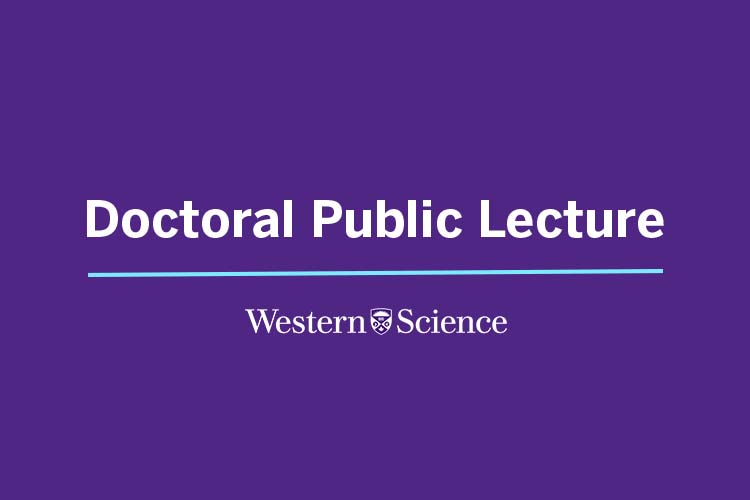Search Website
QUICK LINKS:

Doctoral Public Lecture | Ruchita Amin
Student Name: Ruchita Amin
Program: Applied Mathematics
Thesis Title: Nonlinear Dynamics and Bifurcations in Tumor–Immune Models with Therapies
Zoom Meeting: https://westernuniversity.zoom.us/j/96109683506
Meeting ID: 961 0968 3506
Abstract: Cancer is one of the most serious health problems worldwide, responsible for millions of deaths each year. It develops when cells grow in an uncontrolled way and avoid detection by the immune system. Key immune players such as CD4$^+$ T cells and cytokines are essential for recognizing and controlling tumors, and many modern therapies aim to enhance or restore their function. Immunotherapy has become one of the most promising approaches for reducing tumor growth and improving survival. In this thesis, mathematical models are used to study how tumors interact with immune cells and how treatments influence these interactions. We begin with a model that describes tumor, CD4$^+$ T cell, and cytokine dynamics in the absence of treatment. This helps identify the limits of natural immune control and shows how stability and oscillations in tumor size can occur, especially through Hopf bifurcations. The results suggest that when tumors have very low antigenicity, they can continue to grow unchecked, even if immune responses are strong. The analysis is then extended to include immunotherapy and combined treatments (polytherapy), where stability, equilibrium points, and bifurcation patterns are examined. Using normal form theory, we study the amplitude and stability of limit cycles, revealing how therapy can shift the system toward long-term tumor control or oscillatory behavior. We also explore virotherapy, a newer treatment that uses engineered viruses to infect and destroy cancer cells. A nonlinear model is developed for tumor–virus interactions, and bifurcation analysis shows how viral therapy can produce stable oscillations that represent ongoing cycles of tumor reduction. Numerical simulations are provided throughout to illustrate theoretical results. Overall, this work demonstrates how mathematical oncology can be used to understand tumor–immune–therapy interactions and to provide insights for improving cancer treatment strategies.
Please contact the Graduate Assistant in the program for further information: https://grad.uwo.ca/about_us/program_contacts.cfm.